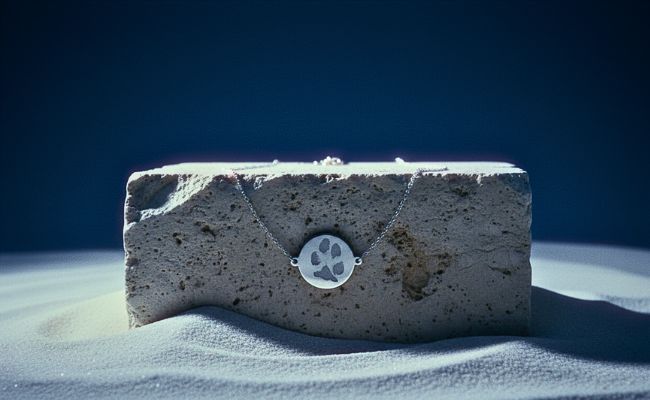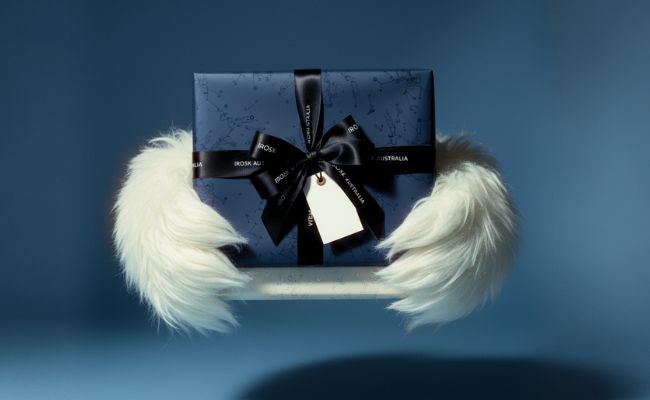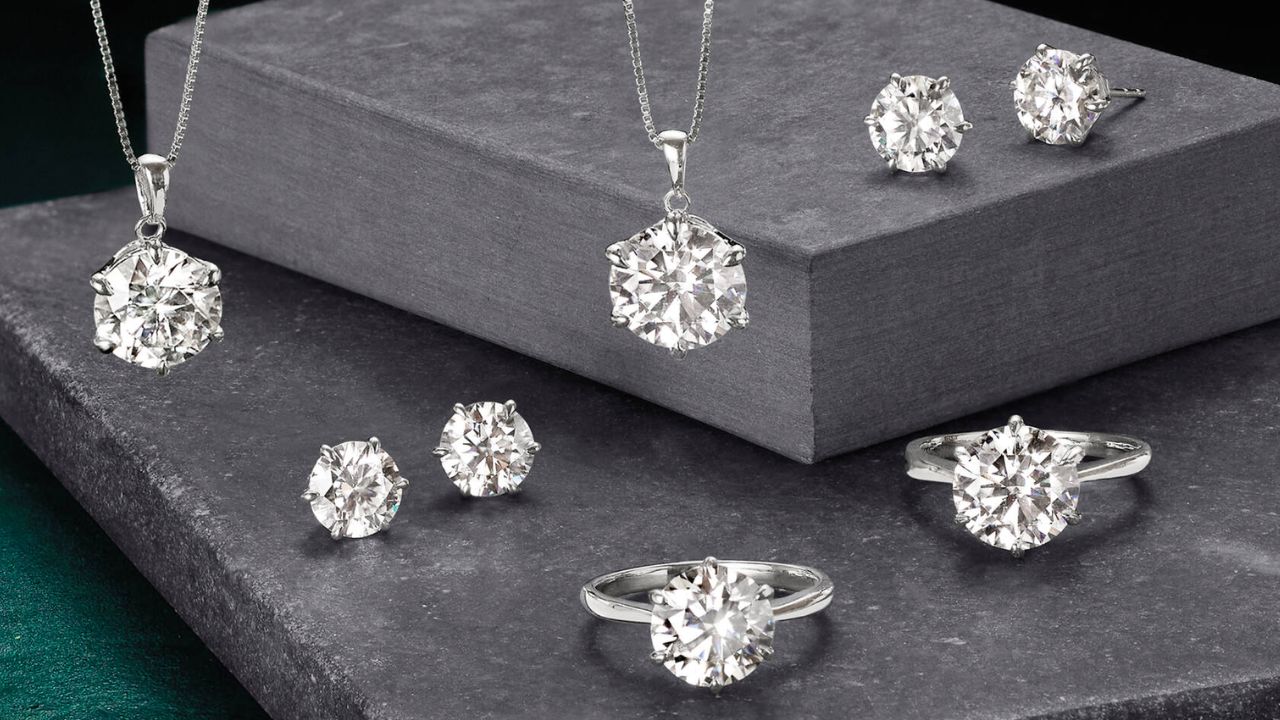
Moissanite vs Cubic Zirconia: Which One Is Right for You?
When searching for a sparkling, affordable gem, you’ll often compare moissanite vs cubic zirconia (CZ). Both are lab-created, budget-friendly alternatives to diamonds. However, their differences in sparkle, durability, and long-term value can guide you to the right choice. Let’s take a closer look at what sets these two stones apart.
1. Quick Overview of Moissanite
- Origin: Lab-created from a mineral first discovered in a meteorite, moissanite is prized for its ethical sourcing.
- Brilliance: With a higher refractive index than diamonds, moissanite delivers vibrant, rainbow-like fire.
- Hardness: Ranking about 9.25 on the Mohs scale, it’s ideal for daily wear.
2. Quick Overview of Cubic Zirconia
- Composition: CZ is a synthetic stone made from zirconium dioxide, widely used in costume and fashion jewellery.
- Initial Sparkle: It can appear quite brilliant when new but may dull over time.
- Durability: At 8–8.5 on the Mohs scale, CZ is more prone to scratches than moissanite.
3. Key Comparisons
3.1. Sparkle and Appearance
- Moissanite: Known for intense fire and lasting brilliance.
- Cubic Zirconia: Offers decent sparkle but can lose its shine faster.
3.2. Cost and Value
- Moissanite: Costs more than CZ but remains far cheaper than diamonds.
- CZ: Extremely budget-friendly, perfect for short-term or trendy jewellery pieces.
3.3. Longevity and Maintenance
- Moissanite: Resistant to scratches and maintains its brilliance with minimal care.
- CZ: Requires frequent cleaning to prevent cloudiness.
Conclusion
When weighing moissanite vs CZ, your decision hinges on budget, longevity, and desired sparkle. Moissanite stands out for its intense fire, durability, and lasting value—ideal for engagement rings or everyday wear. Meanwhile, cubic zirconia suits those seeking a short-term, low-cost gem. Whichever you choose, both options offer dazzling beauty without the diamond price tag.







